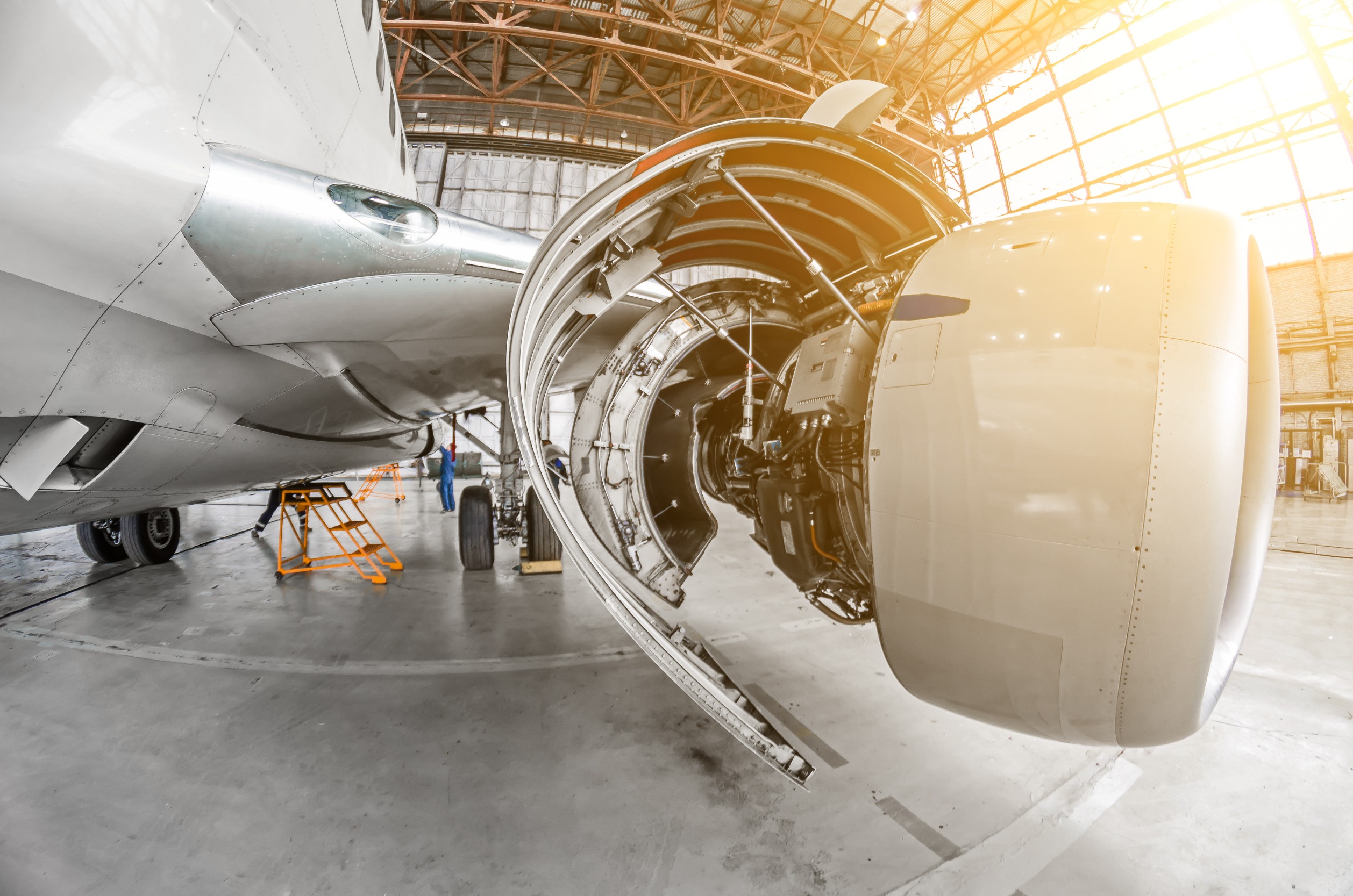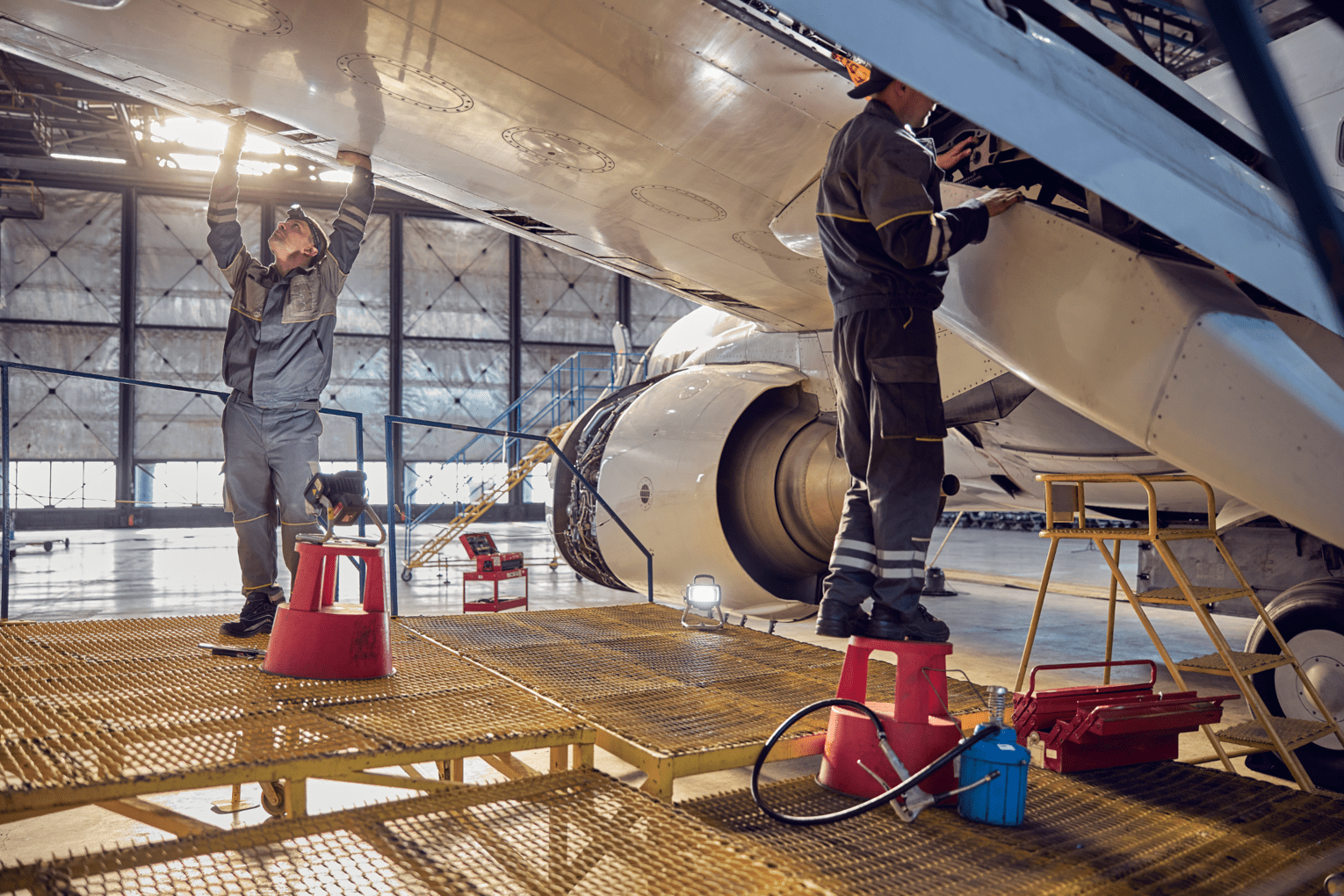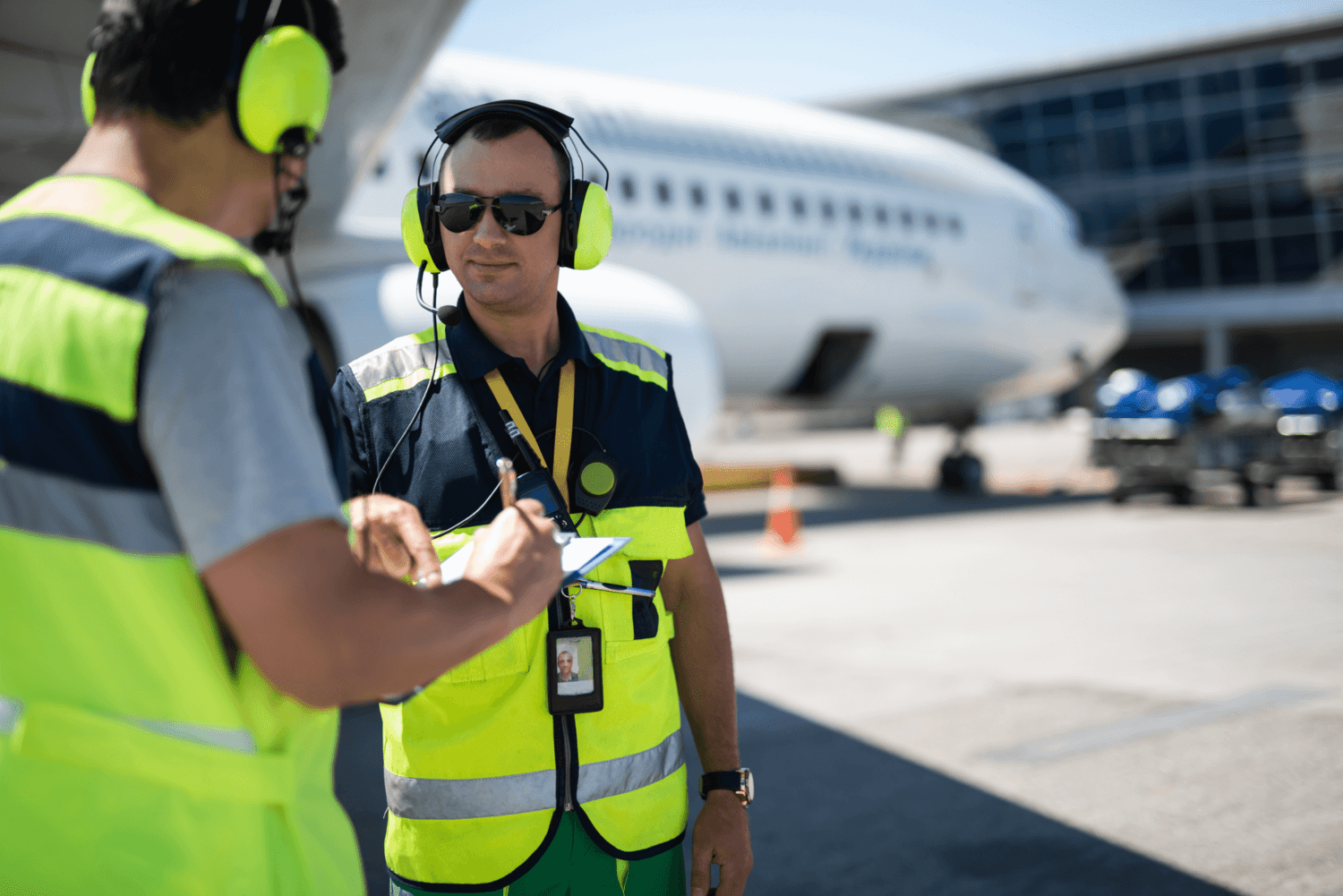
Release date : 2021-05-27
Reducing environmental footprint
Since 2008 the aviation industry have been following the sector-wide climate action framework. The framework is based on a set of three global goals: short, medium and long-term.
Short goal: 1.5% average annual fuel efficiency improvement from 2009 to 2020
Medium goal: Stabilize net aviation CO2 emissions at 2020 levels through carbon-neutral growth.
Long-term goal: Halving net CO2 emissions by 2050 compared to what they were in 2005.
(Reference: https://aviationbenefits.org/)
The industry’s climate action framework is designed to help find the balance between the two goals – economic growth through connectivity, and reduction of climate impact. Trade and tourism are important drivers of global economic development. Overall emissions from aviation have risen, as the volume of air traffic has increased. Most growth has occurred in emerging economies, as they begin to reap the benefits of air travel.
Nevertheless, the aviation industry has made significant progress in fuel and CO2 efficiency, halving the amount of fuel used per flight compared to 1990. In other words, your flight today would generate just 50% the CO2 compared to the same flight back in 1990. This has been achieved through technological advancement and improvements in operations and infrastructure.
Innovation
Each new generation of aircraft is roughly 15% to 20% more fuel efficient, and manufacturers invest around $15 billion per year in research intro greater efficiency. In the future, we may even be able to fly on electric or hybrid aircraft on short-haul flights.
Sustainable aviation fuels
Sustainable aviation fuels have great potential for securing the sustainable growth of air travel as they could reduce CO2 emissions by around 80% compared with fossil fuels, without the need to radically change the fuel supply systems or engines of aircraft.
Operational improvements
Aviation industry is making the current fleet lighter and more efficient and using new air traffic control techniques to save emissions.
Infrastructure efficiencies
Shortening flying times by a minute saves at least 100kg of CO2 per flight. Reformed air traffic management systems in the United States, Asia and Europe will cut emissions significantly.
Market-based measures
Economic measures are a part of the strategy to supports economic measures to help limit aviation’s climate change impact.
Air transport generated 895 million tons of carbon dioxide (CO2) in 2018. This may sound like a lot, but it is only around 2% of the 42 billion tons of CO2 generated by human activities every year. Despite increasing passenger numbers each year, aviation has managed to limit its emissions growth. This is through massive investment in new technology and coordinated action to implement new operating procedures and infrastructural measures.


